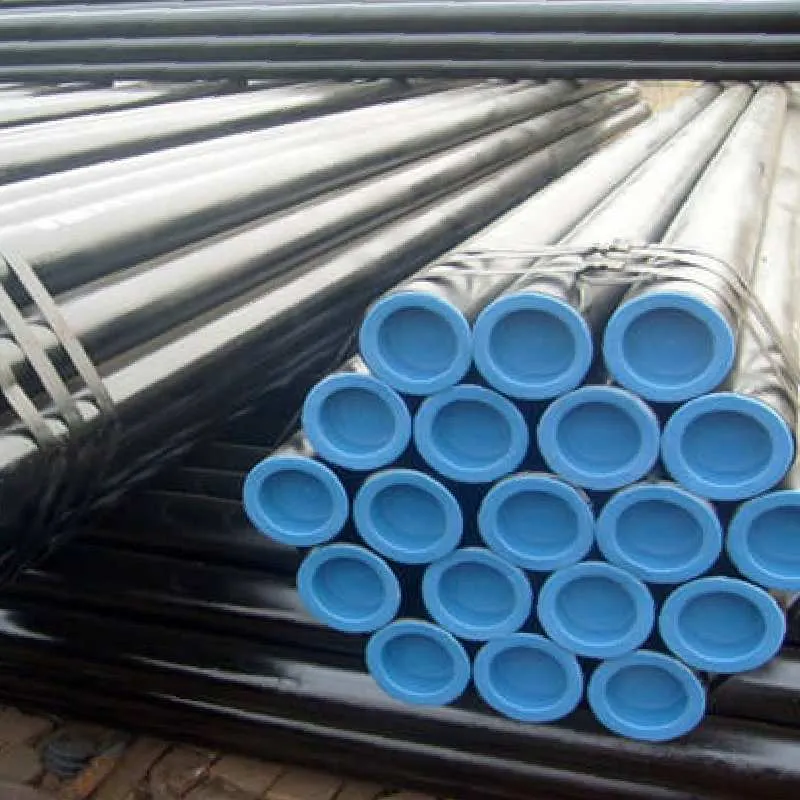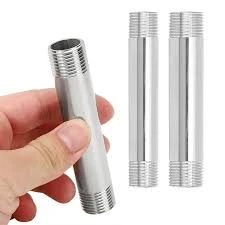-
Cangzhou Yulong Steel Co., Ltd.
-
Phone:
+86 13303177267 -
Email:
admin@ylsteelfittings.com
- English
- Arabic
- Italian
- Spanish
- Portuguese
- German
- kazakh
- Persian
- Greek
- French
- Russian
- Polish
- Thai
- Indonesian
- Vietnamese
- Zulu
- Korean
- Uzbek
- Hindi
- Serbian
- Malay
- Ukrainian
- Gujarati
- Haitian Creole
- hausa
- hawaiian
- Hebrew
- Miao
- Hungarian
- Icelandic
- igbo
- irish
- Japanese
- Javanese
- Kannada
- Khmer
- Rwandese
- Afrikaans
- Albanian
- Amharic
- Armenian
- Azerbaijani
- Basque
- Belarusian
- Bengali
- Bosnian
- Bulgarian
- Catalan
- Cebuano
- China
- China (Taiwan)
- Corsican
- Croatian
- Czech
- Danish
- Esperanto
- Estonian
- Finnish
- Frisian
- Galician
- Georgian
- Kurdish
- Kyrgyz
- Lao
- Latin
- Latvian
- Lithuanian
- Luxembourgish
- Macedonian
- Malgashi
- Malayalam
- Maltese
- Maori
- Marathi
- Mongolian
- Myanmar
- Nepali
- Norwegian
- Norwegian
- Occitan
- Pashto
- Dutch
- Punjabi
- Romanian
- Samoan
- Scottish Gaelic
- Sesotho
- Shona
- Sindhi
- Sinhala
- Slovak
- Slovenian
- Somali
- Sundanese
- Swahili
- Swedish
- Tagalog
- Tajik
- Tamil
- Tatar
- Telugu
- Turkish
- Turkmen
- Urdu
- Uighur
- Welsh
- Bantu
- Yiddish
- Yoruba

Feb . 15, 2025 13:32 Back to list
flanges and its types
Flanges, integral components in various industries, often go unnoticed despite their pivotal role in the construction and manufacturing sectors. The myriad types of flanges, each designed for specific applications, underscore the complexity and precision required in their fabrication and selection. This exploration digs into the diverse world of flanges, providing insights gleaned from decades of industry experience and expertise.
5. Lap Joint Flanges Used in conjunction with a stub end, lap joint flanges are advantageous when frequent disassembly is anticipated. While they are not as robust in terms of pressure resistance as other types, their easy assembly and alignment make them popular in systems requiring regular inspection or cleaning. 6. Threaded Flanges Also known as screwed flanges, these are used for special applications where welding is not feasible. They are suitable for high-pressure applications, although they are predominantly used on small diameter, low-pressure systems. Their adaptability to various threading standards is an asset in flexible system design. 7. Ring Type Joint (RTJ) Flanges Designed for high-pressure and high-temperature applications, RTJ flanges feature a groove that holds a metal ring. As the flange bolts are tightened, the ring is compressed, creating a highly secure seal ideal for critical environments in the petrochemical and drilling industries. Real World Applications and Considerations The selection of flange types is influenced by factors such as the material of construction, compatibility with the fluid being transported, temperature and pressure conditions, and the overall cost-effectiveness of the installation. Materials such as stainless steel, alloy steel, and carbon steel are commonly used, each providing distinct advantages in terms of corrosion resistance, strength, and longevity. Furthermore, the expertise of installers plays a significant role in the effectiveness of flange installations. Proper alignment and tightening ensure optimal performance, minimizing the risk of leaks and system failures. Regular maintenance and inspections are imperative for industries relying heavily on piping systems, as they prevent potential hazards and prolong service life. In conclusion, flanges are versatile components that bring stability and efficiency to industrial systems. Their various forms cater to a wide array of applications, underscoring the importance of informed selection and competent installation. As industries continue to evolve and demand more robust and specialized solutions, the role of flanges will undoubtedly expand, cementing their status as foundational elements in modern engineering.


5. Lap Joint Flanges Used in conjunction with a stub end, lap joint flanges are advantageous when frequent disassembly is anticipated. While they are not as robust in terms of pressure resistance as other types, their easy assembly and alignment make them popular in systems requiring regular inspection or cleaning. 6. Threaded Flanges Also known as screwed flanges, these are used for special applications where welding is not feasible. They are suitable for high-pressure applications, although they are predominantly used on small diameter, low-pressure systems. Their adaptability to various threading standards is an asset in flexible system design. 7. Ring Type Joint (RTJ) Flanges Designed for high-pressure and high-temperature applications, RTJ flanges feature a groove that holds a metal ring. As the flange bolts are tightened, the ring is compressed, creating a highly secure seal ideal for critical environments in the petrochemical and drilling industries. Real World Applications and Considerations The selection of flange types is influenced by factors such as the material of construction, compatibility with the fluid being transported, temperature and pressure conditions, and the overall cost-effectiveness of the installation. Materials such as stainless steel, alloy steel, and carbon steel are commonly used, each providing distinct advantages in terms of corrosion resistance, strength, and longevity. Furthermore, the expertise of installers plays a significant role in the effectiveness of flange installations. Proper alignment and tightening ensure optimal performance, minimizing the risk of leaks and system failures. Regular maintenance and inspections are imperative for industries relying heavily on piping systems, as they prevent potential hazards and prolong service life. In conclusion, flanges are versatile components that bring stability and efficiency to industrial systems. Their various forms cater to a wide array of applications, underscoring the importance of informed selection and competent installation. As industries continue to evolve and demand more robust and specialized solutions, the role of flanges will undoubtedly expand, cementing their status as foundational elements in modern engineering.
Latest news
-
ANSI 150P SS304 SO FLANGE
NewsFeb.14,2025
-
ASTM A333GR6 STEEL PIPE
NewsJan.20,2025
-
ANSI B16.5 WELDING NECK FLANGE
NewsJan.15,2026
-
ANSI B16.5 SLIP-ON FLANGE
NewsApr.19,2024
-
SABS 1123 FLANGE
NewsJan.15,2025
-
DIN86044 PLATE FLANGE
NewsApr.19,2024
-
DIN2527 BLIND FLANGE
NewsApr.12,2024
-
JIS B2311 Butt-Welding Fittings LR/SR 45°/90° /180°Seamless/Weld
NewsApr.23,2024











